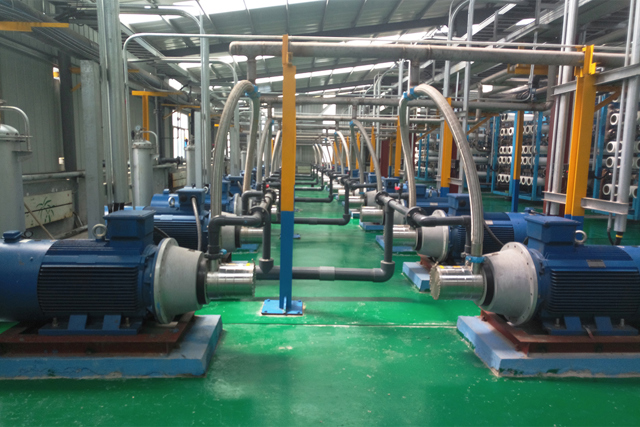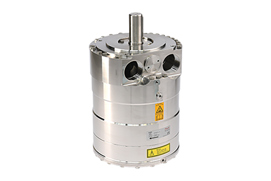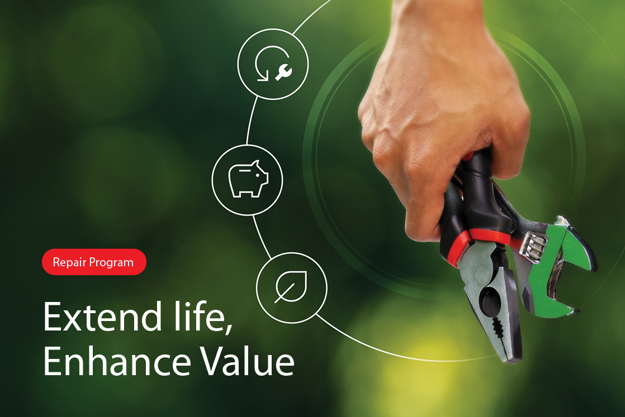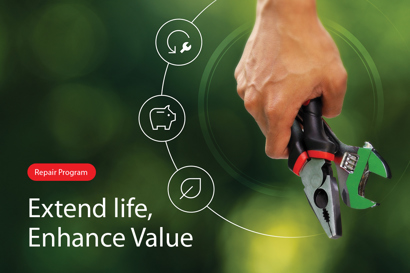As China continues to sharpen its focus on environmentally sustainable industrial production, zero liquid discharge legislation is increasingly enforced in factories countrywide. To reduce the significant energy costs that result from wastewater being transformed from liquid to solids, companies are turning to RO treatment – and energy efficient Danfoss APP pumps are leading the way.
Related products
-
if (isSmallPicture) {


 High-pressure pumps for ZLD and MLD reverse osmosis applications
High-pressure pumps for ZLD and MLD reverse osmosis applicationsThe APP W HC pump is suitable for ZLD and MLD reverse osmosis applications used in industrial wastewater treatment.
-
if (isSmallPicture) {


 Fixed-Price Repair Program
Fixed-Price Repair ProgramAt Danfoss, we have always been dedicated to maintaining the longevity and performance of your equipment through our out-of-warranty repair services. Our new Fixed-Price Repair Program builds on this commitment by offering not only repairs but also upgrades to older products with the latest parts. This ensures optimal performance and reliability, allowing you to extend the life of your equipment.







